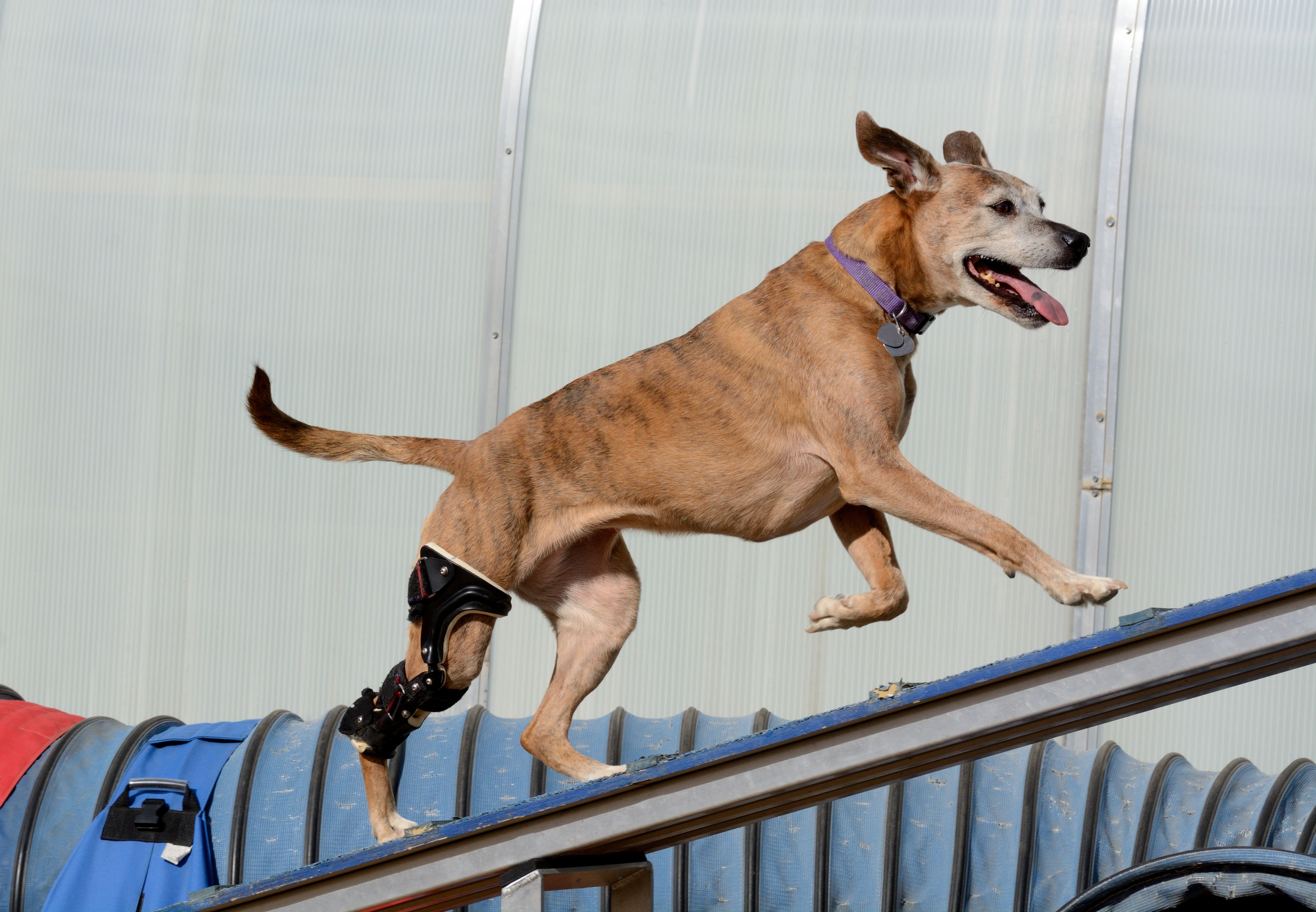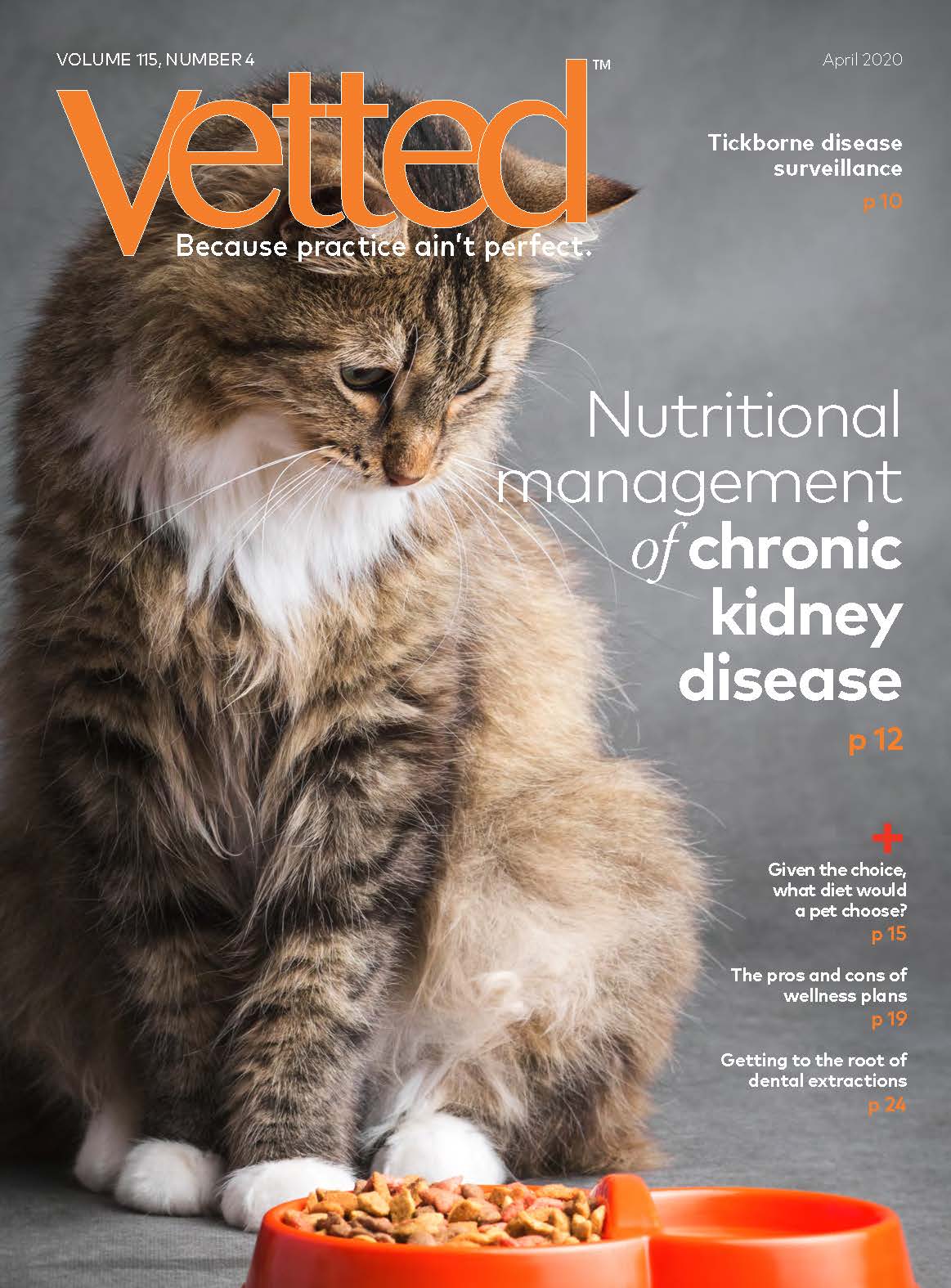More surgery and rehab topics
Drs. Dycus and Brunke are both Fetchdvm360 conference speakers and dvm360.com contributors. For more insight about veterinary orthopedic surgery and rehabilitation from these two specialists, check out these articles:
Solid communication between surgeons and rehabilitation specialists is the key to successful outcomes for orthopedic surgery patients.
merrimonc / stock.adobe.com

Orthopedic surgery and rehabilitation go hand in hand, say surgeon David Dycus, DVM, MS, CCRP, DACVS-SA, from Veterinary Orthopedic & Sports Medicine Group in Annapolis Junction, Maryland, and rehabilitation specialist Matthew Brunke, DVM, DACVSMR, CCRP, CVPP, CVA, from Veterinary Surgical Centers Rehabilitation in Vienna, Virginia. These former coworkers explain why it’s important for surgeons and rehab specialists to work together for optimal patient outcomes.
For people who undergo orthopedic surgery, the process typically follows the same course—surgery, home to rest, then physical therapy, Dr. Dycus says, noting that the animal surgical experience has begun to mirror that in humans. “Over the past 10 or 15 years, the field of veterinary rehabilitation has really started to boom and come into play as being something that’s recommended on a routine basis,” he says.
It’s important for rehab specialists to be aware of the types of orthopedic surgeries their patients may have undergone. “There are lots of ways to perform surgery on a cruciate ligament rupture, but not all the tissues are going to be manipulated the same, so having that kind of understanding can improve patient care,” he says.
This is where communication between the two specialties comes in: The doctors must be coordinated for future treatment. "If I do a TPLO versus a lateral suture, for example, we really want to create a patient-centered, specific response as to how we manipulate those tissues," Dr. Dycus says. Sharing this information is essential so the next specialist can take the right approach to the patient.
Drs. Dycus and Brunke are both Fetchdvm360 conference speakers and dvm360.com contributors. For more insight about veterinary orthopedic surgery and rehabilitation from these two specialists, check out these articles:
Dr. Brunke agrees. "You guys can do wonderful work in the operating room [that] an owner can undo by not taking care of the dog going forward, or the cat going forward," he says. "Pass that baton of case management [to the] rehab doctors."
He notes that this team approach can then point back to the surgeon if something goes awry with the patient’s recovery.
“It’s all about the communication. We want to make sure these guys are comfortable, they’re going to have achievable goals, and then we set them up for success as we go through each step,” Dr. Brunke says. “But it has to be good communication because when something’s not right that we may notice, then it’s that team approach to get them back to you guys in the operating room if needed.”
In fact, he argues, “we’re probably actually going to have less of a complication rate because they’re going to be well managed. Think about all those owners that are out there that have four or five kids, working two jobs, and are maybe not trained on how to properly care for their pet … after surgery. The guidance and oversight from the rehab team—including technicians, physical therapists, and doctors—makes for a better outcome across the board.”
